by Ken Gargett
The first time I went to Champagne was back in the early/mid-1990s (yes, it takes a lot of champagne to make one feel young these days).
This was a time when vintage champagnes tended to hit the shelves a little earlier than we see today – that meant, of course, less time on lees.
I remember how everywhere I went, the main topic of conversation was the amazing trio of vintages – 1988, 1989, and the king of them, 1990 – with which they’d been blessed. Never before had the region enjoyed three such stellar years in succession – these days, climate change has made such an occurrence almost blasé.
At the time, 1990 was universally crowned as the pick, 1989 not too far behind, and 1988 the runt of the litter (still good).
I visited several times over the next few years, and the trio was often discussed (and tasted, of course). My second trip had seen 1988 sneak up and take second spot ahead of the rich and warm 1989s (please note that these comments are generalizations and may vary among the houses); 1990 was still unchallenged as the star.
By the third trip, 1988 was at least level with 1990. Champagne can do that: vintages can sneak under the radar and suddenly, with time, start to blossom – 2000 is another that has done this for me.
In the following years, I have come to love 1988 more and more, although 1990 is still very special. For me, 1988 is the best vintage of the past 40 years; 1996 comes very close, but can be a bit too variable, and 2002 is another stunner.
Now – and when I say now, of course, the vintage was more than a decade ago, but things move slowly in Champagne – we have a year that sits very comfortably in line with the 1988: the brilliant 2008. It is a stunning year and one that will be providing sensational drinking for several decades to come.
Why is the 2008 vintage champagne so good?
A cold winter was followed by some frosts and then a warm May and a good flowering. It was reasonably cool as the houses headed into harvest.
These conditions provided grapes of the highest quality with the acidity to ensure wines with a very long life. As Bollinger’s international sales director, Guy de Rivoire, says, basically nothing from the vintage stood out (that is a good thing).
Winemakers across the region are still in raptures over the 2008s: the 2008 Dom Pérignon has been declared as the greatest Dom ever made. We’ll be looking at it soon, and if it can top the 1964 it will be a wine indeed.
Chef de cave at Louis Roederer, Jean-Baptiste Lecaillon, decreed its 2008 Cristal the best he had made in his 30 years.
Quite a few houses released their 2009 vintages before their 2008s, knowing that the older wine needed that much more time in the cellar.
Most of the wines have already hit the shelves, while others filter through. One of the most recent releases was the 2008 La Grande Année from Bollinger.
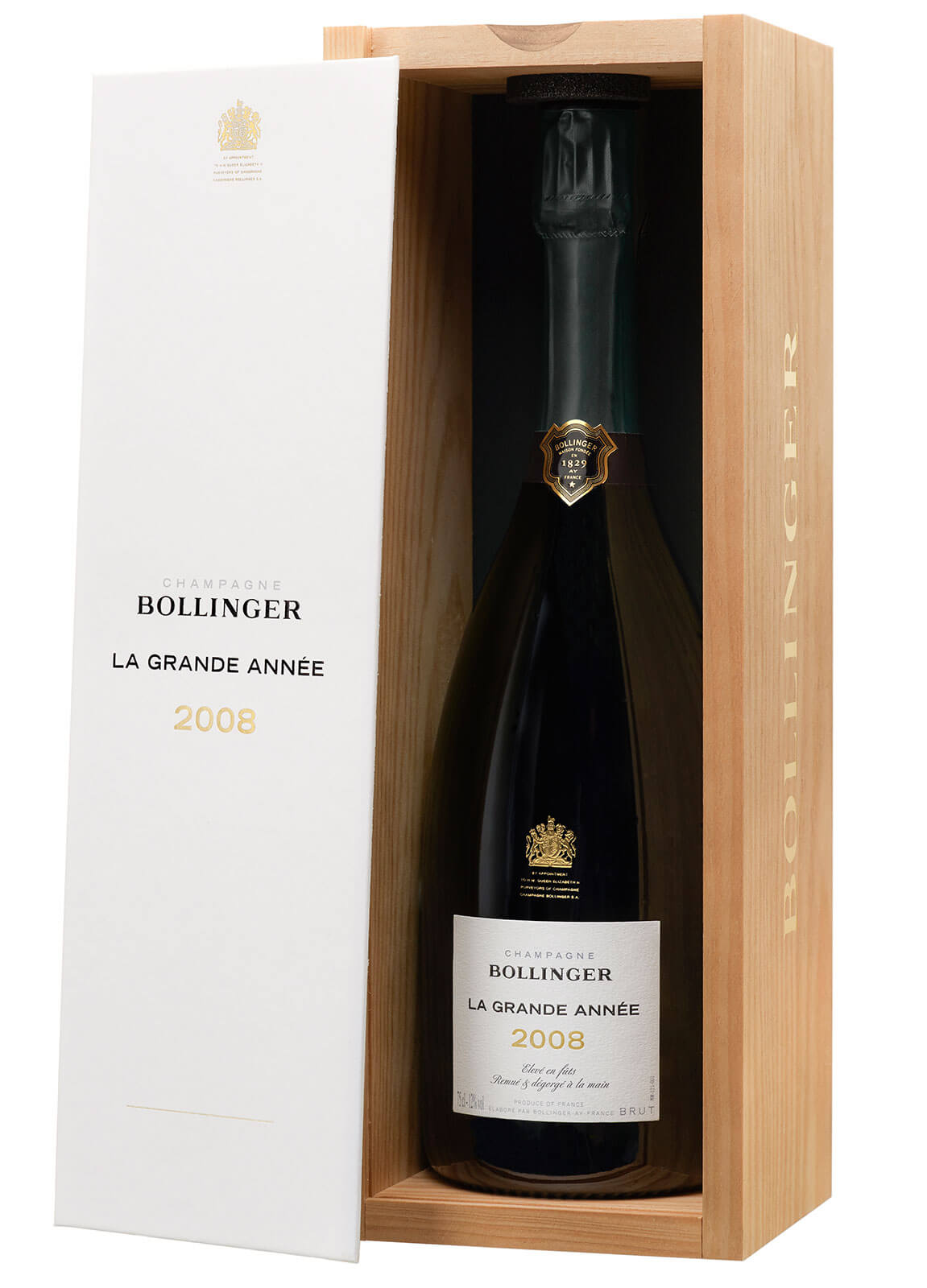
Bollinger 2008 La Grande Année champagne
Releases of these wines tend to be staggered around the globe, which may mean that it has already been available in your region (if so and if you love great champagne, stop reading and get straight on to your favorite retailer to stock the cellar).
Bollinger 2008 La Grande Année
In 2018, we looked at the Bollinger flagship, the RD (Recently Disgorged), and the 2004 vintage.
This is the Grand Année, which despite all the very fine promotion the brand might do, is simply its vintage release. That makes it no less special, especially from a vintage like this.
The bad news is that stocks are such that you can expect the next vintage to be released in around 12 months. That will be the 2012, another vintage that is looking exceptional. After 2012, the next year with this sort of promise is the 2018.
The good news is that Bollinger will hold back more of its 2008 than any other vintage in its history for subsequent release as a “Recently Disgorged.” The next RD will be the 2007, but in four to five years expect the 2008 RD – and what a wine that should be.
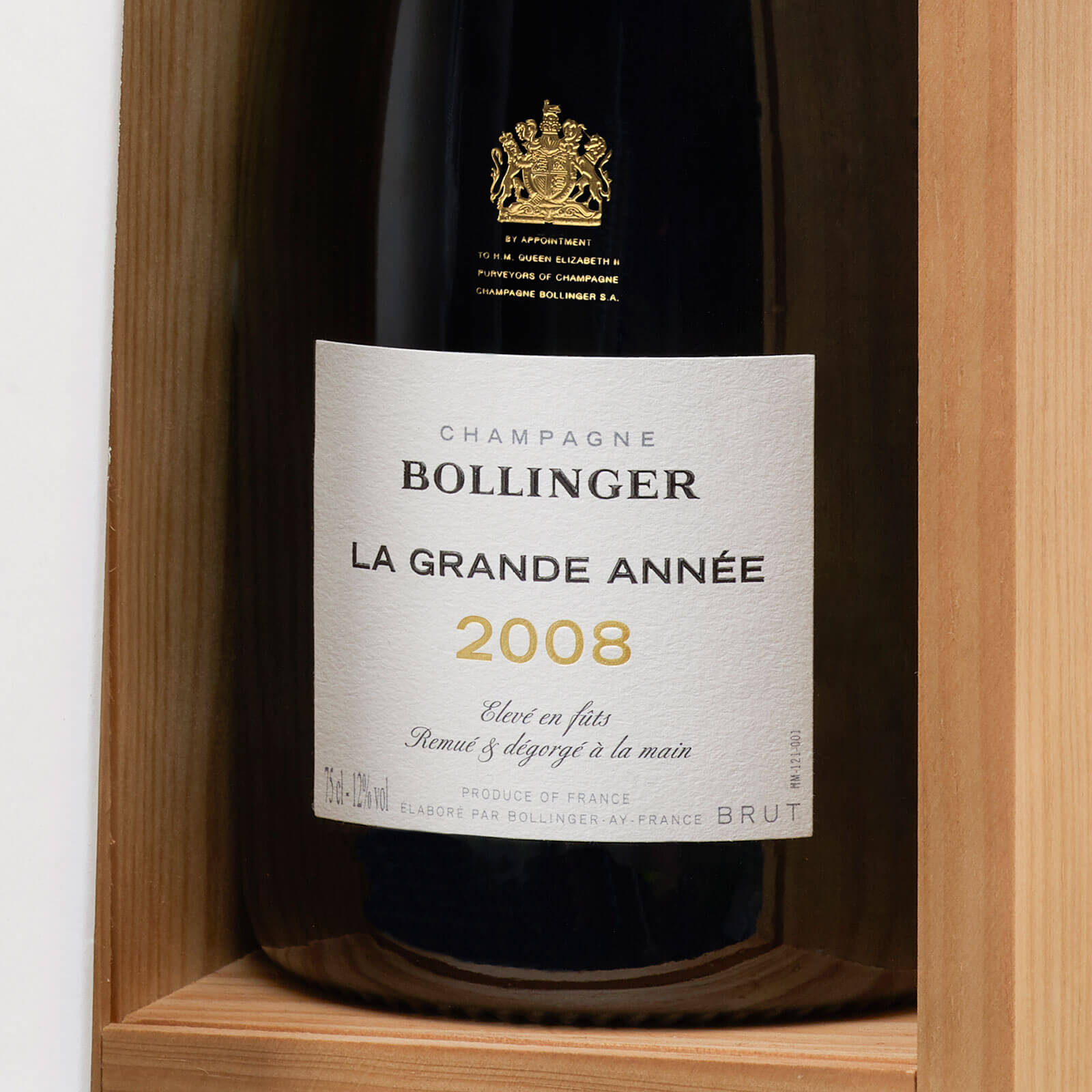
A very good year: Bollinger 2008 La Grande Année champagne
The 2008 is a blend of 71 percent Pinot Noir and 29 percent Chardonnay. The Pinot Noir is all Grand Cru, mostly Verzenay and Ay with some Verzy and Ambonnay. The Chardonnay is almost all Grand Cru as well – mostly Le Mesnil-sur-Oger and Cramant.
Rest assured that any Premier Cru grapes included in the blend are there only because the team at Bollinger has no doubt that they contribute positively to the final wine. The final blend comes from 18 different crus (worth noting that when the team blends its Special Cuvee, the non-vintage wine, it may look at more than 300 different wines as possible inclusions). The vintage usually comes from just 13 to 16 crus.
The wine was fermented entirely in old oak barrels. Dosage is eight grams/liter, though you’d never pick it; 100 percent malolactic fermentation. The Bollinger 2008 La Grande Année is presented in a new bottle with a fresh label, but it is what is in the bottle that makes the biggest impression.
Bollinger 2008 La Grande Année: tasting notes
For me the Bollinger 2008 La Grande Année is exquisite wine but one that is, even after all this time, still so young. A real chalk note comes through on the nose with mineral backing. Limes and a fresh saline, almost oyster shell note.
On the palate, the flavors move more to hints of stone fruit, grapefruit, and the merest whiff of vanilla bean. Fresh as is imaginable, it offers the bright, vibrant acidity of the 2008 vintage. There is great depth, complexity, length, and balance with a seductive texture.
Fuller than many, as one expects from Bolly, but the balance never wavers. I wavered between 97 and 98, but went 98 because you just know it is going to be even better over the next decade.
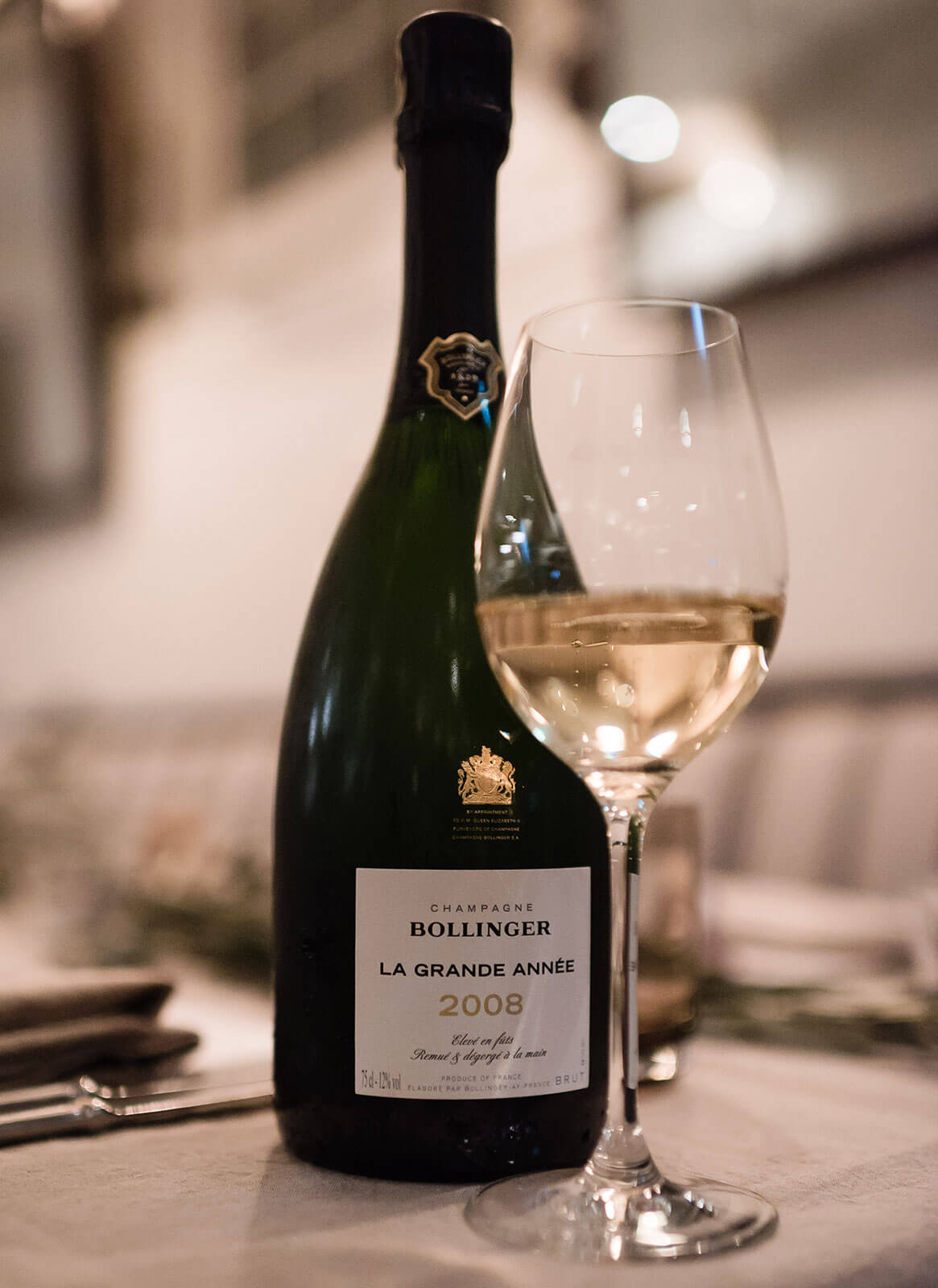
Bollinger 2008 La Grande Année champagne (photo courtesy Bollinger/Esteban La Tessa)
Bollinger’s Guy de Rivoire made a point, talking about how you could just start to see the Bollinger character coming through. I think he is spot on. Normally, you would expect even vintage Bollingers to be exhibiting much more of the house style, as well as the vintage, at this stage. While hardly a fault that it is not really happening yet, no doubt it will.
Will 2008 prove as scintillating as the legendary 1988 in time? I suspect so, but whatever happens 2008 has produced many brilliant wines, and this is certainly one of them.
A great champagne (AUD$250).
For more information, please visit www.champagne-bollinger.com.
You may also enjoy:
Louis Roederer Cristal 2008: Supreme Elegance And Ethereal Grace
Louis Roederer Rosé 2012: A Gloriously Ethereal And Elegant Champagne
Perrier-Jouët Belle Epoque Blanc de Blancs: One Of The Finest Champagnes I Have Ever Enjoyed
Bollinger RD 2004: When It Came To Champagne (And Much Else), Madame Bollinger Had Excellent Taste
Leave a Reply
Want to join the discussion?Feel free to contribute!







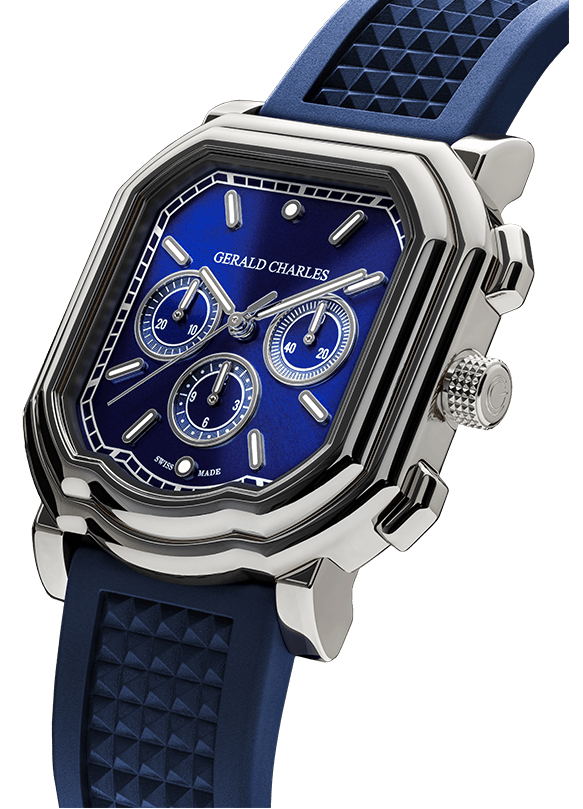


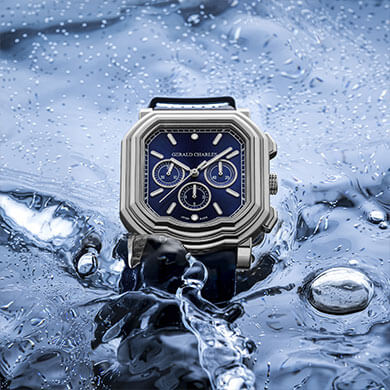

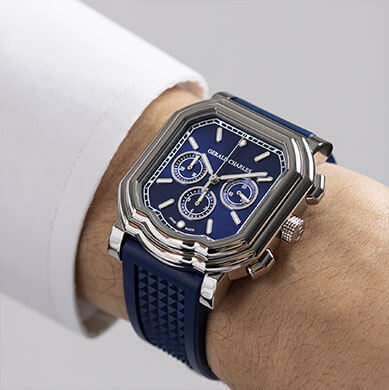



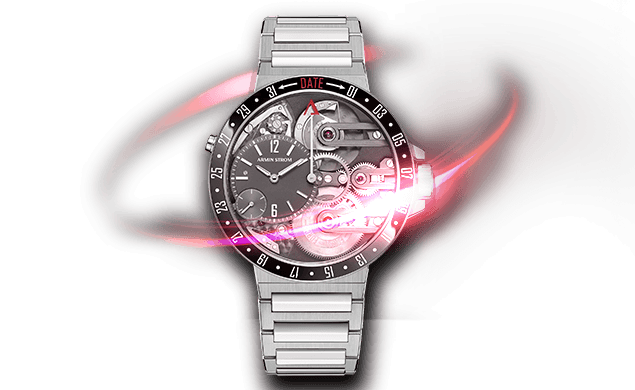
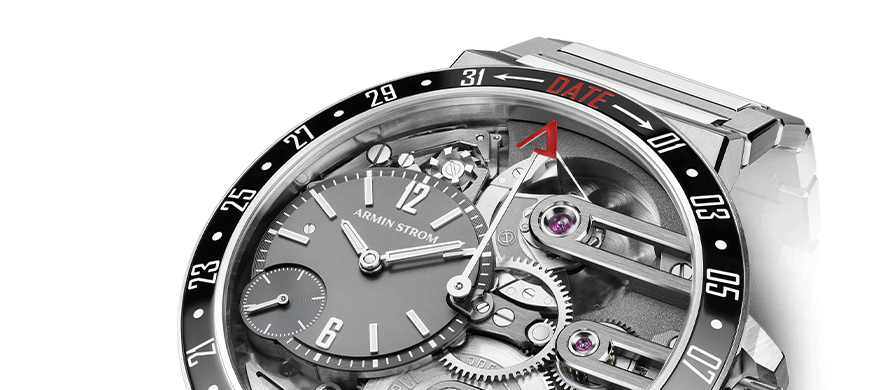
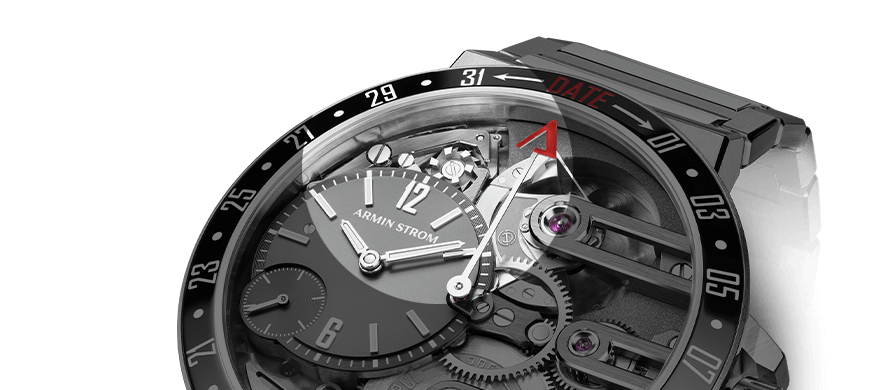


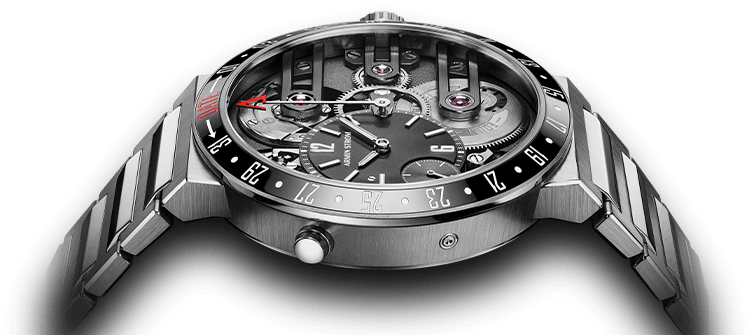


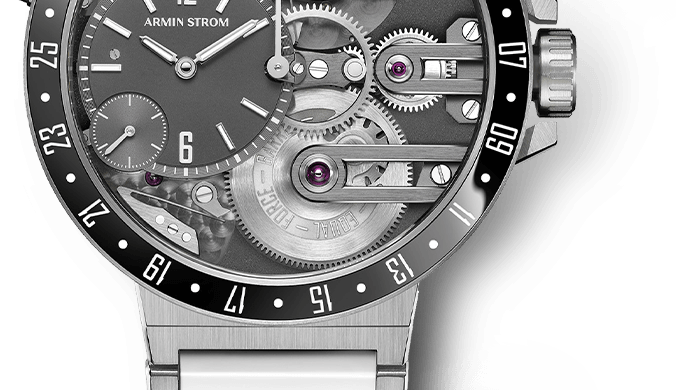



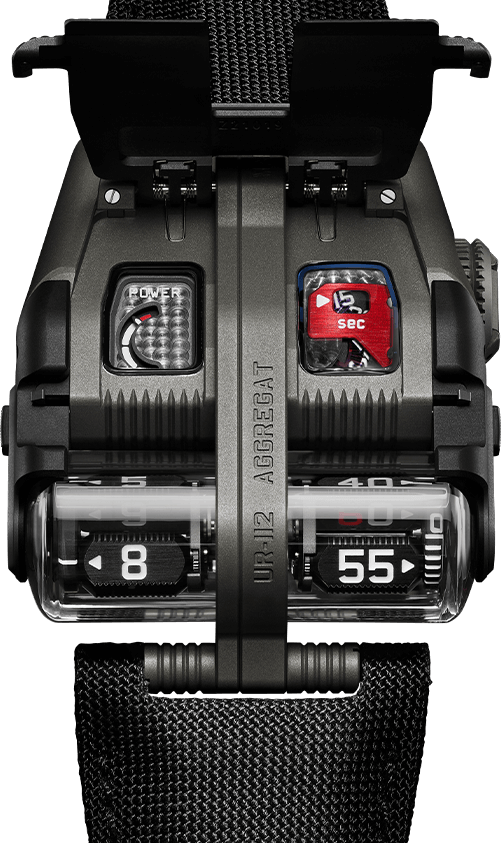

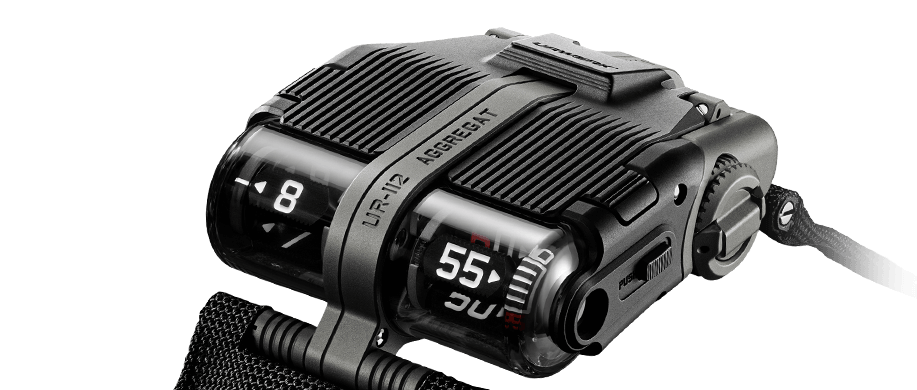

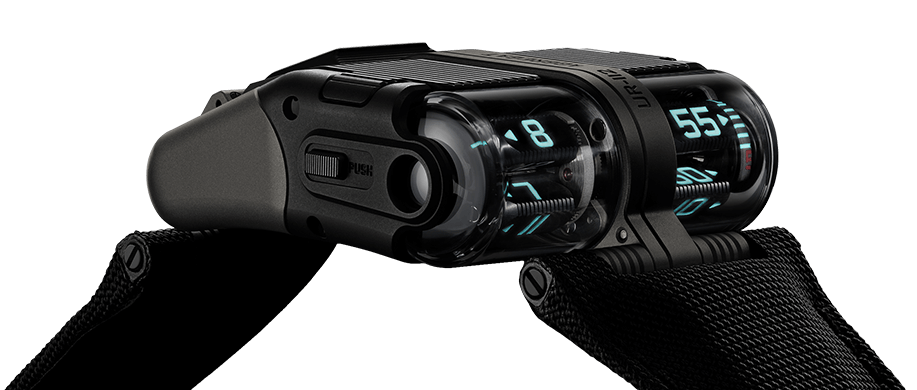

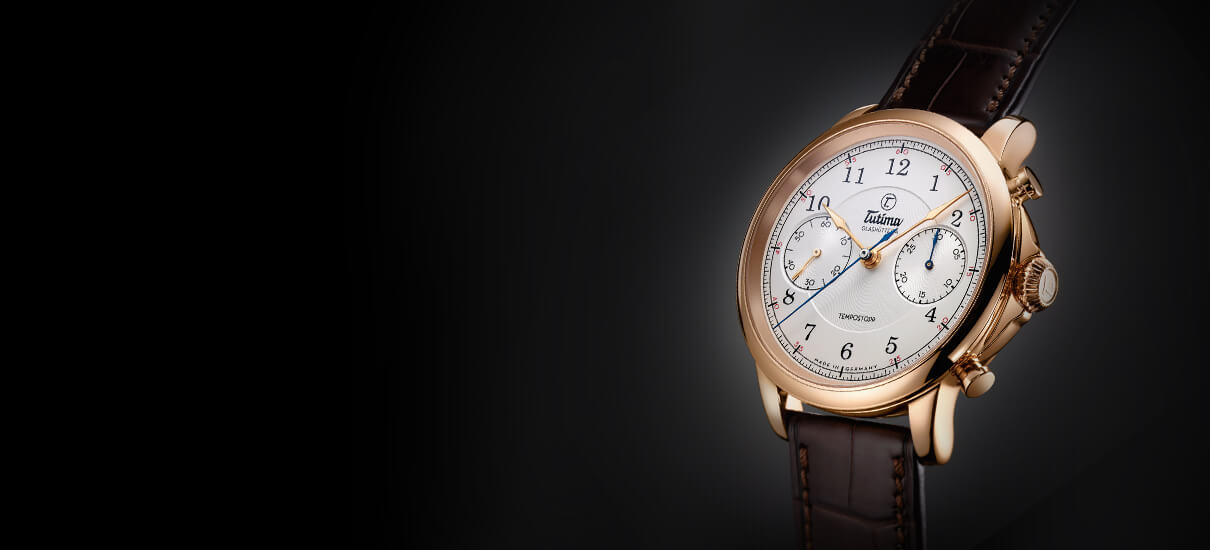

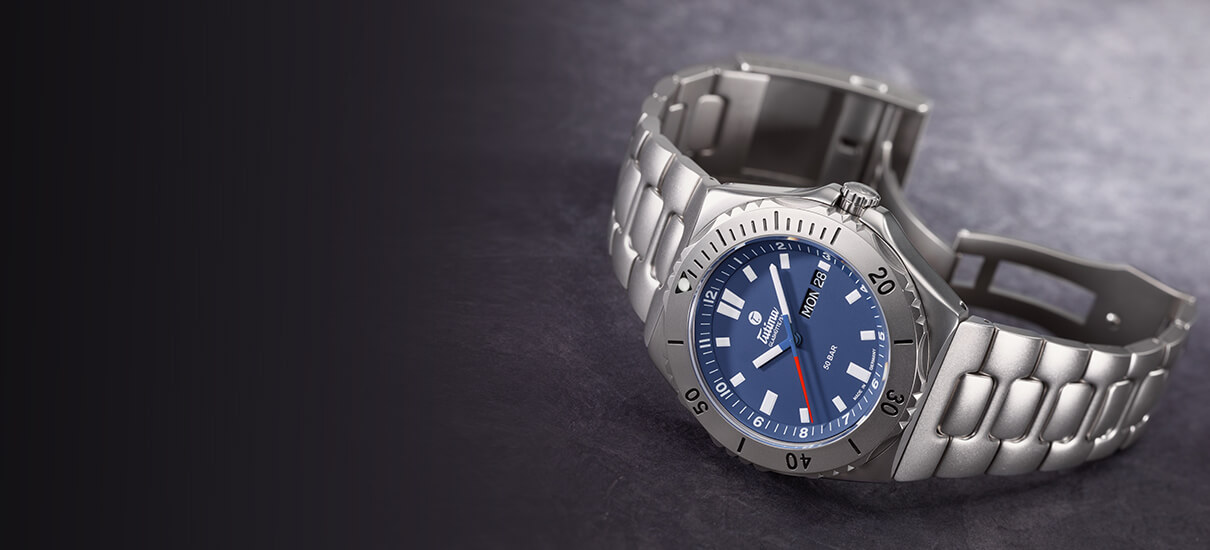

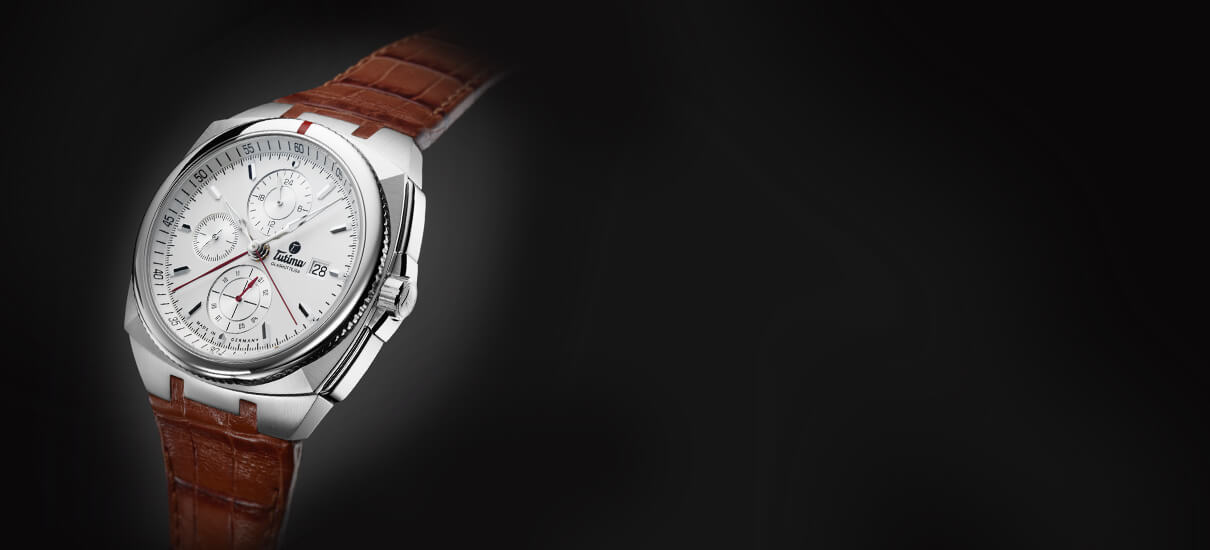

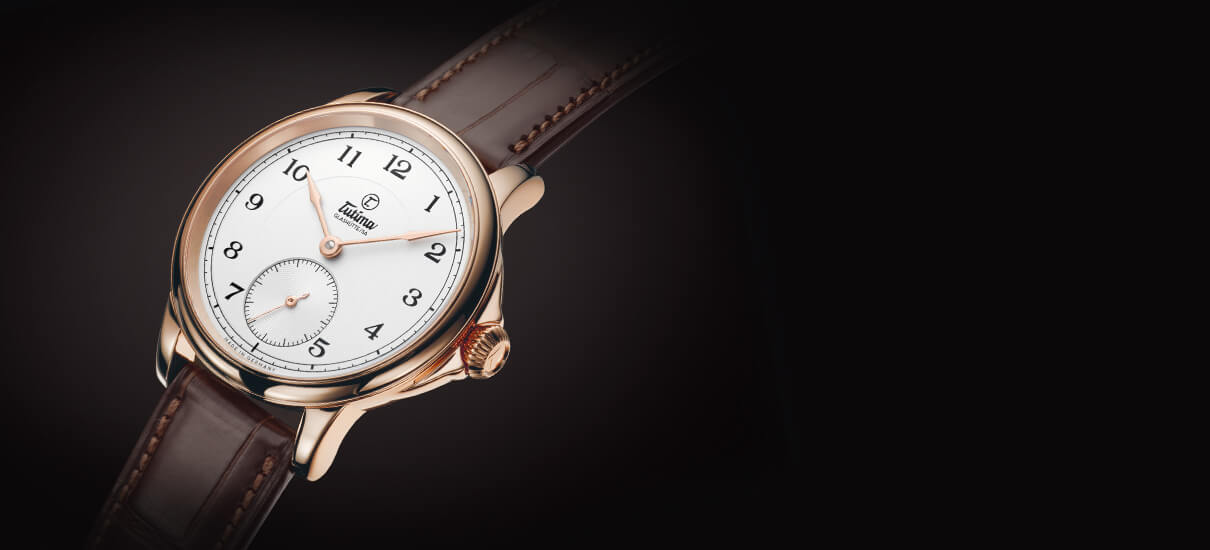

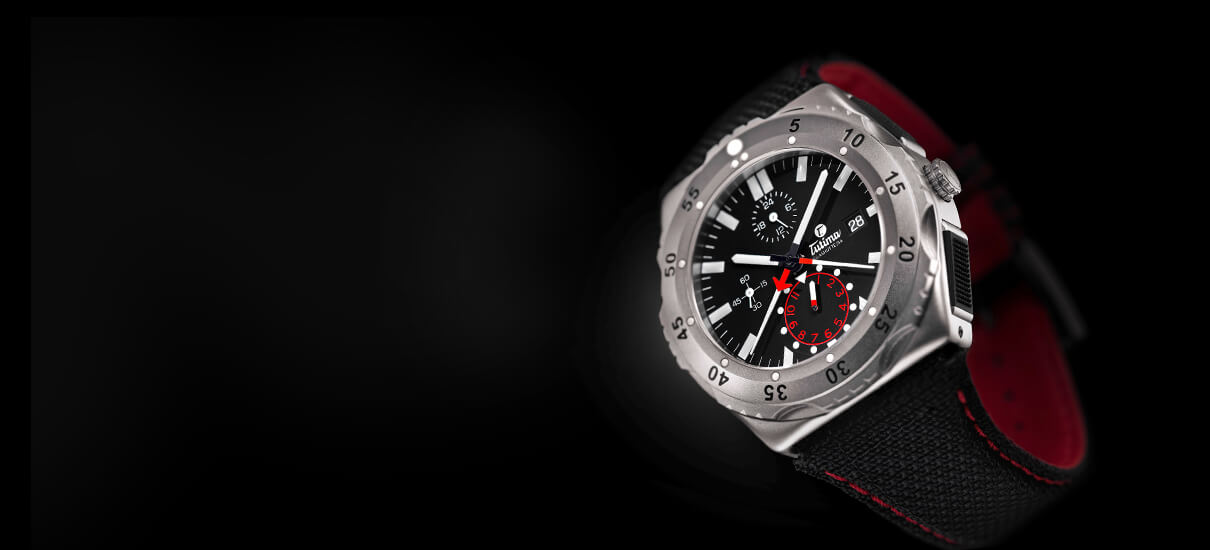



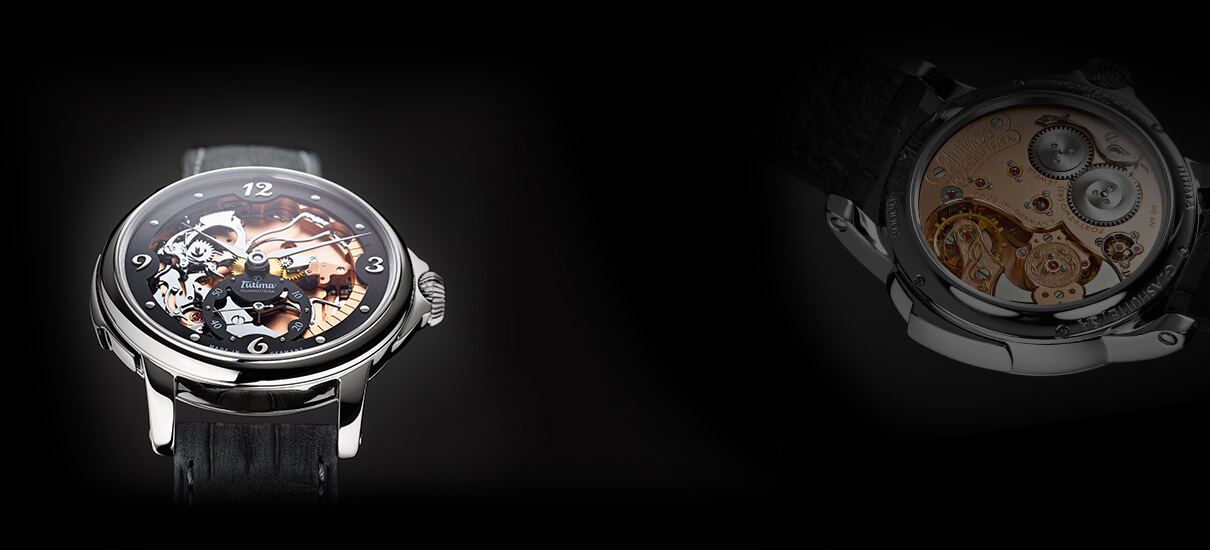

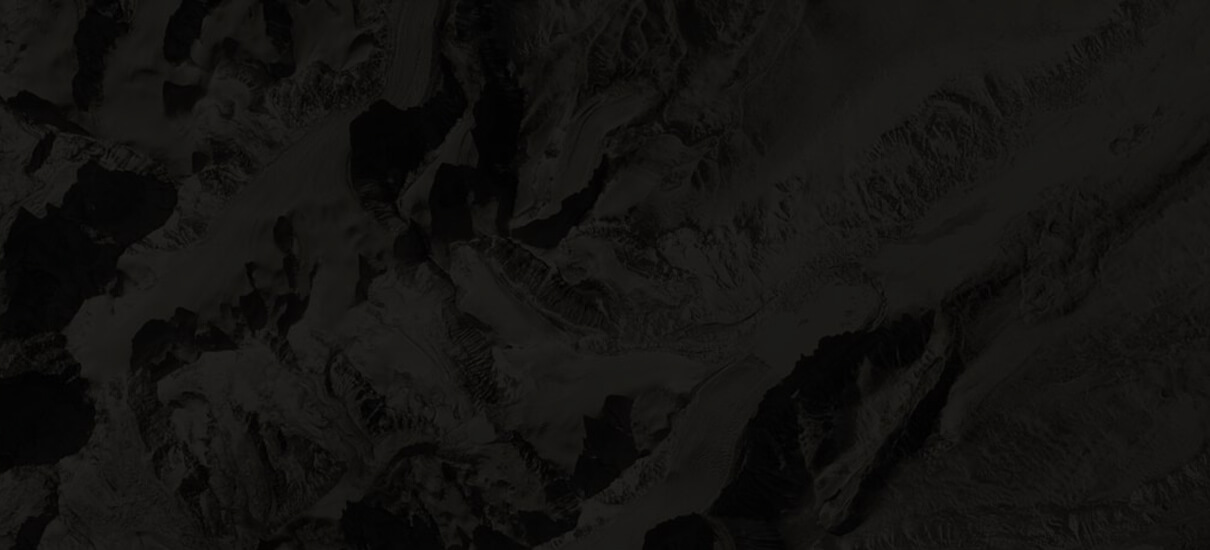

Interesting article. But it shows the problem with large house champagnes. Their production is so large that they are rarely grand crus. If you study champagne you will find the vineyards are classified. Grand cru the top, premier crus are actually rated between 80 and 89 points. I seek out boutique producers who use 100% grand cru and some who offer single vineyard bottlings. These tend to be more exciting and interesting than what the large houses offer. But you need to study to find the boutique houses that you like.
Hi Jeff, many thanks for your comment.
Understand what you say re the smaller producers.
Premier cru vineyards are actually rated 90 to 99. Grand cru, the 100. That was for the old eschelle system, which was set up to determine the prices the growers got – if you had a premier cru vineyard that was rated 96, you got 96% of the price per kilo of grapes, set by the CIVC. That system has been ditched now, so it is more for historical interest or fun these days. The grand cru/premier cru rankings still apply, of course.
I understand that many look to the smaller producers, which usually get dubbed grower champagnes, and there are many fine ones. but I would not limit myself to those. You miss many great champers. The prestige cuvees of the big houses tend to be all or mostly grand cru – they have the resources or the contracts with growers to enable them to do this. Of course, as we go down the range, much more premier cru (and below) material is used. And there are some premier cru vineyards which are exceptional, especially in vintages suited. Of course, there are plenty that are not so special.
Even with the growers, I’d be wary of limiting yourself to only those with grand cru vineyards. The reality of the region is that it is impossible for the tiny guys to get those vineyards, so unless they have been in the family for many years, they need to use ‘lesser’ vineyards. But plenty of the growers are doing really brilliant stuff with these lesser vineyards. Take a look at Ulysse Collin. His vineyards are in regions that are ranked very lowly, yet he makes wonderful champagnes – one of my very favourite makers.
Worth reading Peter Leim’s fabulous book on Champagne. He identifies many of these growers and why their vineyards have been so successful. It is a book that should be in every winelover’s library.
The great thing about all this is that the big houses are working hard to make better and better wines and the growers are getting their act together more and more. It means that we get to drink better and better champers. Which has to be a good thing.